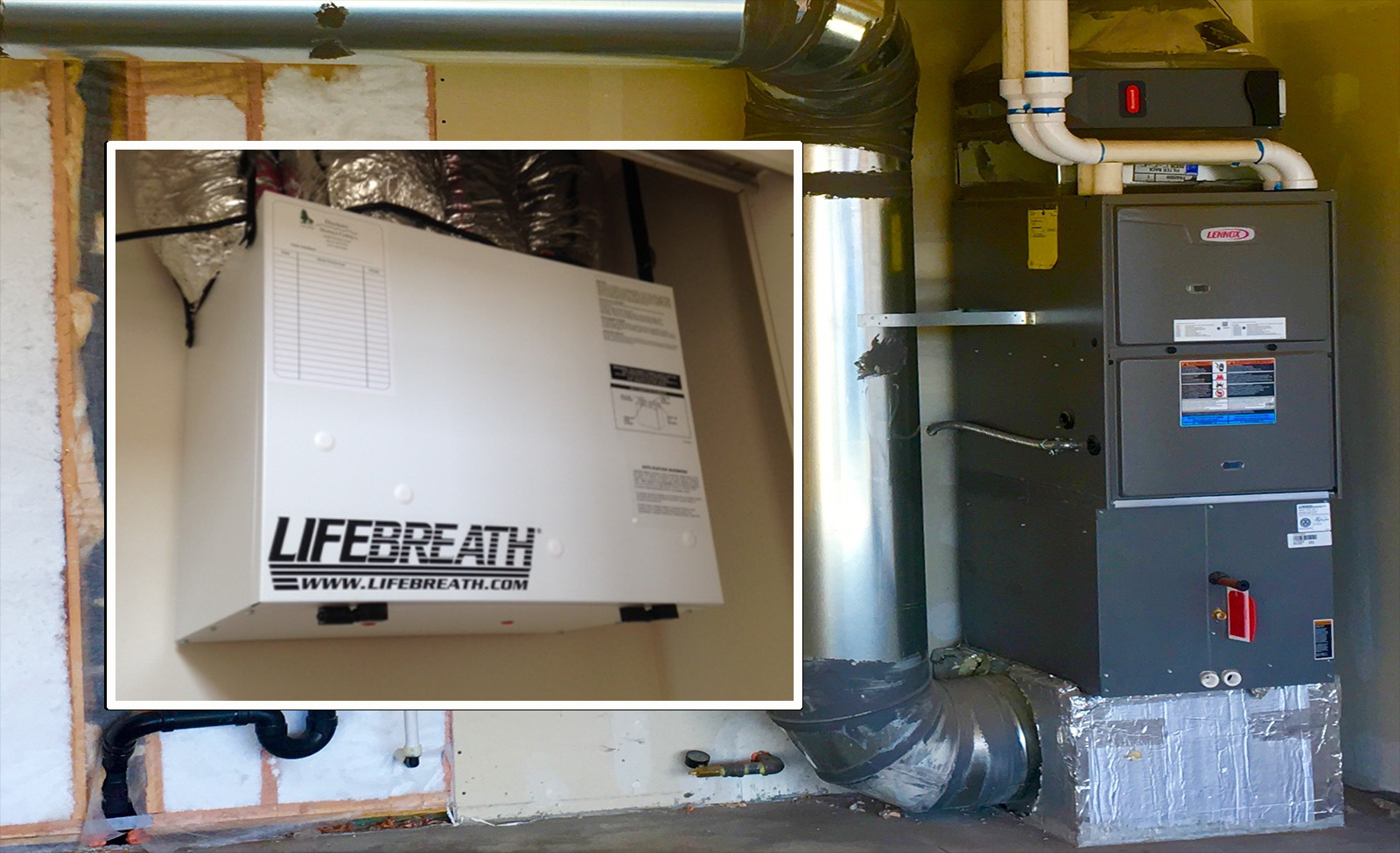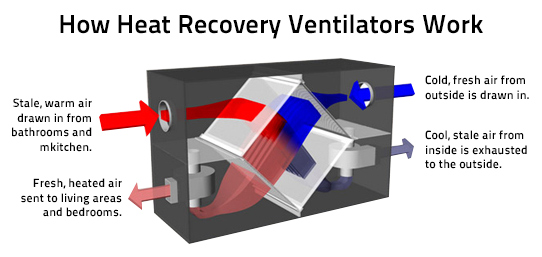How HRV Regulates Indoor Humidity
Wiki Article
Exploring the Advantages of Heat Recovery Ventilation for Energy Effectiveness in Residences
Heat Recovery Ventilation (HRV) systems use homeowners a practical strategy to improving power efficiency. By recovering warm from outbound air, these systems can significantly reduce cooling and heating expenses. In addition, they provide a stable supply of fresh air, boosting indoor air quality and comfort levels. As home owners think about sustainable alternatives, understanding the subtleties of HRV systems ends up being increasingly essential. What elements should one assess prior to making such an investment?Understanding Heat Recovery Ventilation Solutions

How HRV Improves Indoor Air Top Quality

Energy Cost Savings: The Financial Benefits of HRV
Taking full advantage of power performance, heat recovery ventilation (HRV) systems provide substantial monetary benefits for homeowners. By recouping and recycling warmth from exhaust air, HRVs substantially lower cooling and heating costs. This technology can cause energy savings of as much as 30%, depending upon climate and usage patterns. Property owners typically observe minimized utility bills quickly after installation, making HRVs a monetarily smart investment gradually. Additionally, many areas give rewards or refunds for energy-efficient upgrades, better improving the economic charm. As power prices continue to rise, the cost-effectiveness of HRVs comes to be increasingly clear. Overall, the consolidation of HRV systems not only promotes power efficiency yet also adds to long-term financial cost savings for households.The Ecological Impact of Heat Recovery Ventilation
A considerable ecological benefit of heat recovery ventilation (HRV) systems lies in their ability to reduce general power consumption. By recovering warmth from exhaust air and transferring it to inbound fresh air, HRV systems minimize the requirement for energy-intensive home heating and cooling techniques. This reduction in power demand adds to decrease greenhouse gas exhausts, as much less fossil gas is called for to preserve comfortable interior temperatures. In addition, HRV systems improve interior air top quality by efficiently exchanging stale air with fresh outdoor air, lowering reliance on mechanical air conditioning systems that can hurt the environment. Overall, the implementation of HRV systems sustains lasting living methods and straightens with worldwide initiatives to deal with environment adjustment by advertising energy efficiency in domestic settings.
Picking the Right HRV System for Your Home
Just how can house owners ensure they select the ideal his response heat recovery ventilation (HRV) system for their demands? Initially, they ought to assess their home's size and layout, as these elements influence airflow why not try this out requirements. Next, reviewing the system's performance ratings is crucial, as higher rankings suggest better performance and power savings. Home owners need to also think about setup and maintenance prices, comparing different brands and models for value. Additionally, it's important to assess noise degrees, as some systems operate even more silently than others. Consulting with cooling and heating experts can give customized suggestions based on certain home conditions. Lastly, examining individual testimonials and warranties can help in making a notified decision, making certain that the selected HRV system properly boosts interior air top quality and power efficiency.Frequently Asked Questions

Exactly how Often Should I Tidy or Keep My HRV System?
The frequency of cleaning or keeping a heat healing air flow (HRV) system typically relies on usage and environmental factors. Generally, it is recommended to do upkeep every six months to guarantee peak performance and air quality.
Can HRV Systems Help In Reducing Humidity Levels Indoors?
HRV systems can effectively lower interior humidity levels by exchanging stagnant, moist air with fresh, drier air from outdoors. HRV Heat Recovery Ventilation. This process aids preserve a well balanced indoor atmosphere, enhancing comfort and protecting against moisture-related problems
What Is the Life expectancy of a Regular HRV System?
The life-span of a typical heat recovery ventilation (HRV) system varies, normally lasting in between 10 to 15 years. Routine upkeep can expand its performance and operational life, guaranteeing peak efficiency throughout its use period.Exist Any Kind Of Sound Worries With HRV Solutions?
Sound interest in HRV systems can develop, specifically from follower procedure. Nevertheless, lots of modern systems are developed to decrease audio degrees, ensuring they run quietly while maintaining performance, which attends to possible disruptions in living atmospheres.Can I Mount an HRV System Myself, or Do I Required a Specialist?
The specific contemplated whether to set up the heat recovery ventilation (HRV) system personally or employ a professional. Normally, while DIY installation is possible, know-how assurances correct performance and compliance with neighborhood building visit codes, boosting system efficiency.Report this wiki page